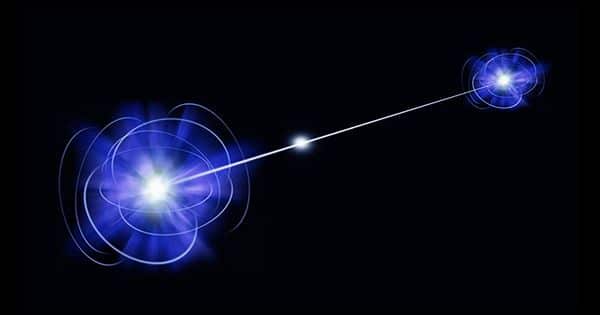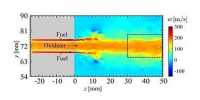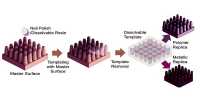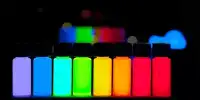Quantum computers are taken as revolutionary devices, easily more powerful than the most powerful supercomputers we are able to create. But there are many obstacles to overcome before you get there.
The researchers described how they jumped on top of one of them. Quantum computers apply the laws of quantum mechanics to surpass classical capabilities. Creating a stable quantum architecture is important. It’s hard to say. The new work, published in the Physical Review Letter, showed an incredible 100-fold increase in efficiency in creating pairs of intertwined photons, which has never been achieved before.
At least from our point of view, there is an interesting and startling idea. When two particles collide, manipulating one instantly changes the other, no matter how far away it is. This is because in the classical sense these are not exactly two particles; they are a single quantum system. Entanglement is a key element of quantum communication. These involved photons allow data to be transferred between two nodes and this type of communication is disabled due to its nature.
The new method involves photons trapped in the nanocavity, where they can resonate and split into entangled pairs. The traditional method is not really efficient. It needs to be shot into the cavity by a few million photon lasers to form a single entangled pair. This new improvement is exciting because it requires one-hundredth of the amount of light. Using their newly developed chip, researchers can now produce a few million involved photon pairs per second using a single (and common) microwave-powered laser beam.
Senior author Professor Yuping Huang, from Stevens Institute of Technology, said in a statement, “It has long been suspected that this was possible in theory, but we are actually the first to show it.” “This is a huge milestone for quantum communication.” The breakthrough is due to several factors. The team uses high quality and very reflective cavities engraved in lithium niobate crystals. Photos bounce around them with very little energy loss. The team also harmonizes environmental characteristics such as temperature.
The goal is to achieve an engaging pair of photons transmitted inside the cavity – a bold and difficult task. However, the team is taking up the challenge. “This is certainly achievable,” explained co-lead author Jiang Chen. “At the moment we only need incremental improvements.” The success of quantum communication also depends on the ability to integrate with existing computers and infrastructures. Effective optical chips that are efficient and less powered are the key to their success.















